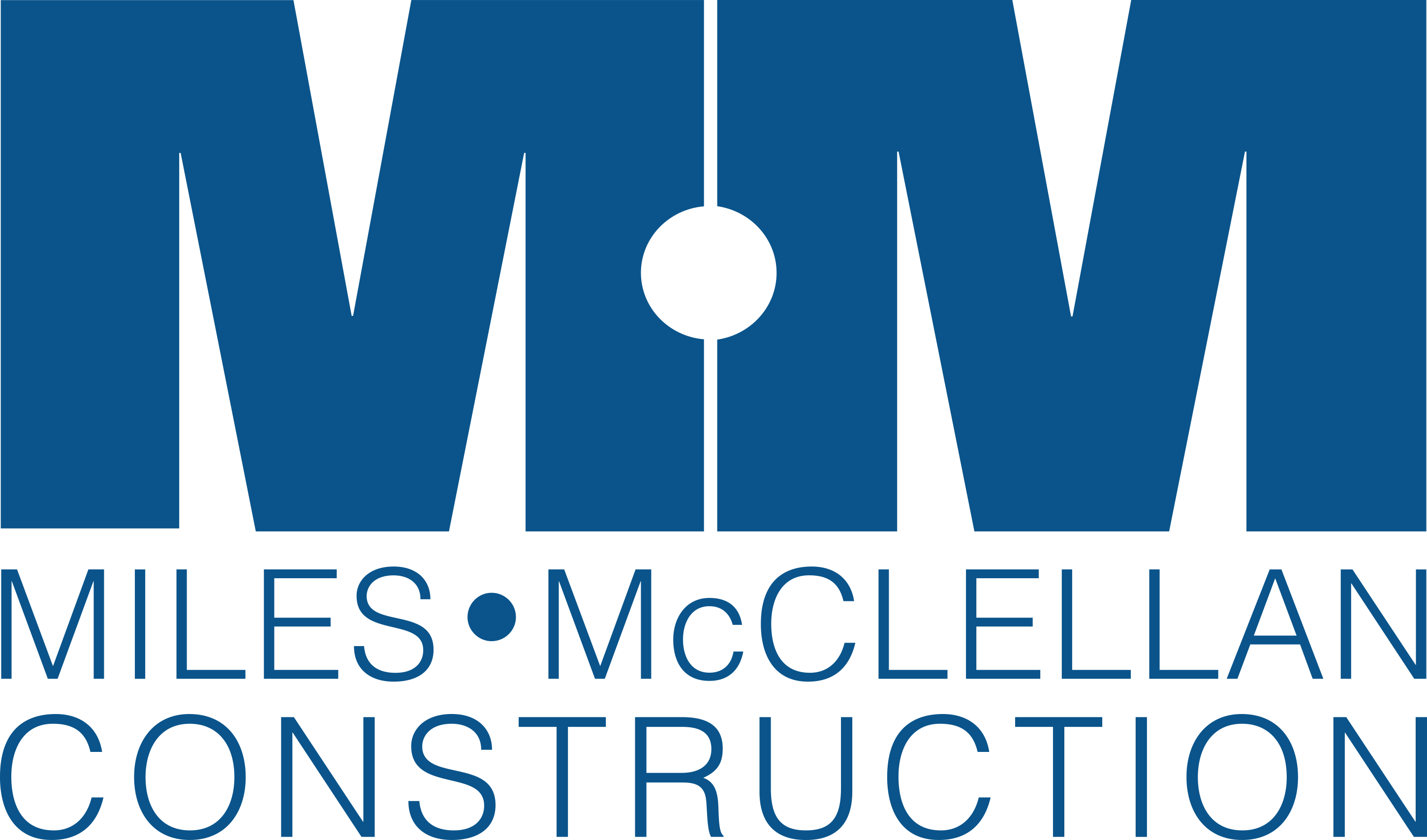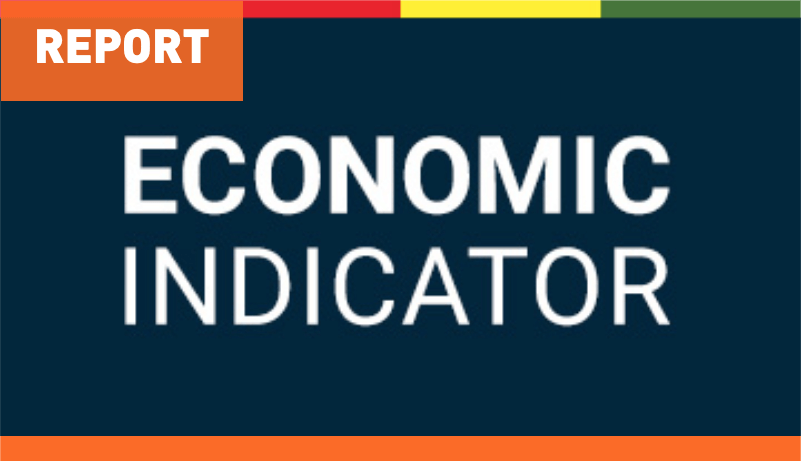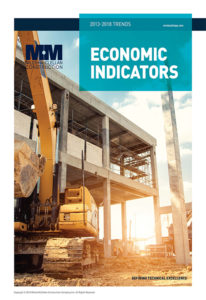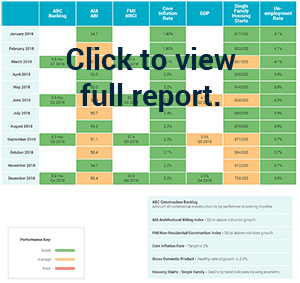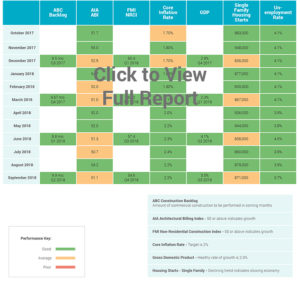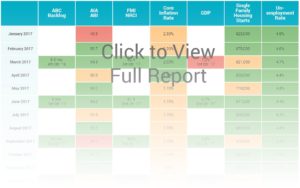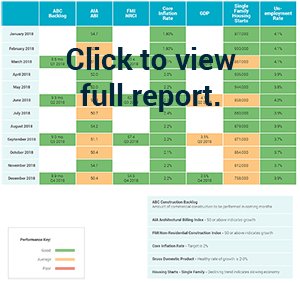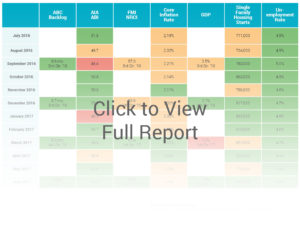Q1 2019 Economic Indicators
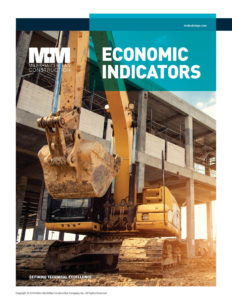 The U.S. economy grew 2.9% in 2018. While the economy is growing, GDP’s declining trend (Q1 = 4.1%, Q3 = 3.5%, Q2 = 2.2%, Q4 = 2.2%) signals growth is slowing. “In 2018, momentum accelerated. In 2019, we will see momentum decelerating. The inflection point was really the fourth quarter last year,” said Gregory Daco, U.S. economist at Oxford Economics. “This does not mean we’re headed for a recession. It just means growth will slow to about 2% this year and next.” (Long, 2019)
The U.S. economy grew 2.9% in 2018. While the economy is growing, GDP’s declining trend (Q1 = 4.1%, Q3 = 3.5%, Q2 = 2.2%, Q4 = 2.2%) signals growth is slowing. “In 2018, momentum accelerated. In 2019, we will see momentum decelerating. The inflection point was really the fourth quarter last year,” said Gregory Daco, U.S. economist at Oxford Economics. “This does not mean we’re headed for a recession. It just means growth will slow to about 2% this year and next.” (Long, 2019)
Despite the anticipated slow down, ABC’s Chief Economist Anirban Basu believes the demand for nonresidential construction services will remain elevated for the foreseeable future. “A major source of influence is the reemergence of public construction spending,” said Basu. “With nearly 10 years of economic expansion complete, many state and local governments are experiencing their best fiscal health in years, resulting in more funds to invest in roads, transit systems, schools, fire stations, and police stations. The combination of spending growth in certain private construction categories and rising infrastructure outlays will keep the average American nonresidential contractor scrambling to retain and recruit workers, especially in the context of a national rate of unemployment effectively at a 50-year low.” (Basu, 2019)
Results from the ABC’s Construction Confidence Survey showed that 70% contractor expect to increase staffing levels, and 56% anticipated rising profit margins.
In March, the AIA’s ABI dropped to 47.8 for the first time in two years. The AIA does point out the fact it was a hard winter and even though the ABI dropped below 50, backlog is at 6.5 months. Again, this does not indicate a recession, especially since “consumer finances remain generally strong, that financial market conditions are not currently too restrictive, and that the commercial construction sector is not yet overbuilt.” (Bryson & House, 2019)
Do you anticipate increasing staff levels? How has your 2018 influenced your 2019? We continue to focus on steady, strategic growth, delivering technical excellence, and satisfying our partners and clients. Whatever the economy brings us this year, we’ll be ready to continue to perform at our best and help our clients manage their projects in the most cost-effective, efficient ways possible.
References
Basu, A. (2019, May 23). Construction contractors confidence remains high in March. Retrieved from www.abc.org: https://www.abc.org/News-Media/News-Releases/entryid/16313/construction-contractors confidence- remains-high-in-march
Bryson, J., & House, S. (2019). U.S. Recession? How Do We Count the Ways? Wells Fargo. Retrieved from https://www08.wellsfargomedia.com/assets/pdf/commercial/insights/economics/special-reports/recession-20190401.pdf
Long, H. (2019, March 28). GDP revised downward for 2018 as U.S. economy shows more signs of slowing. Retrieved from www.washingtonpost.com
